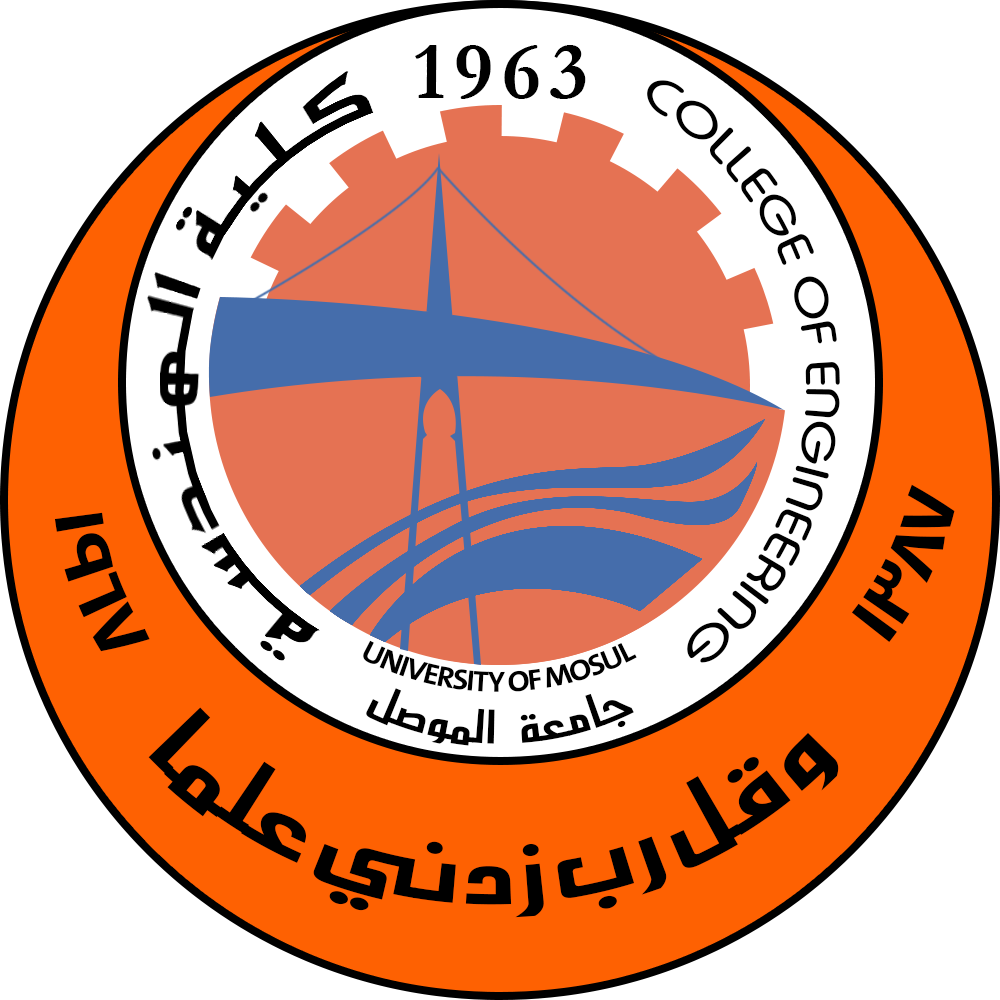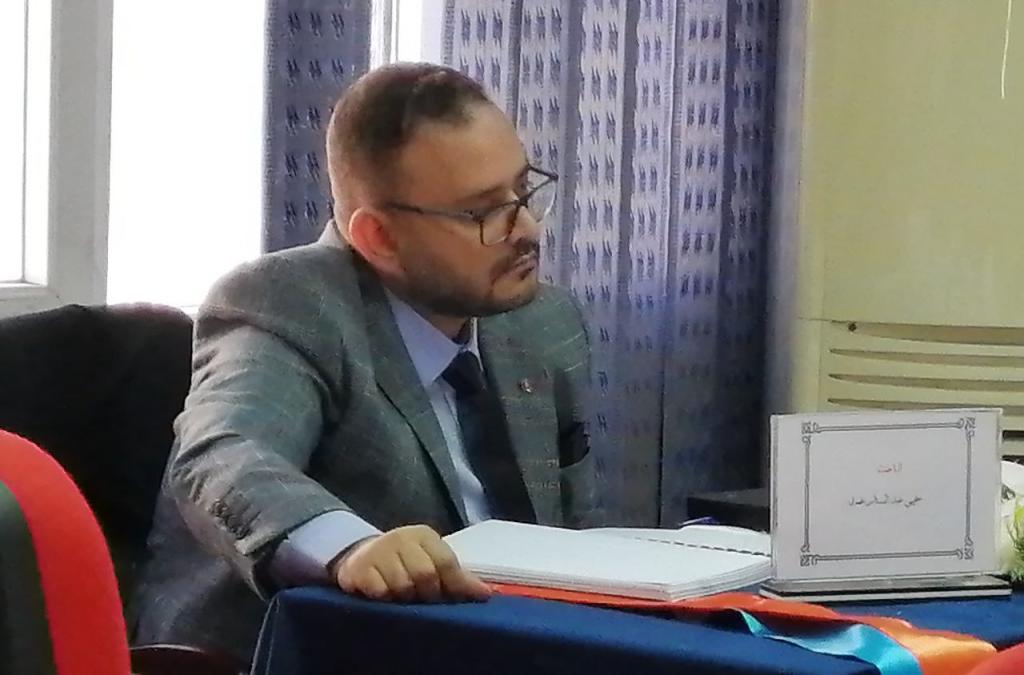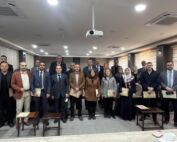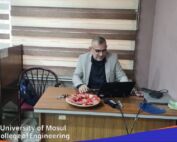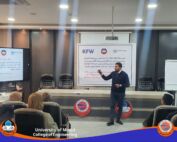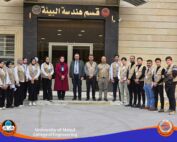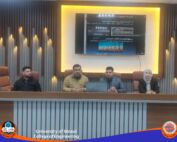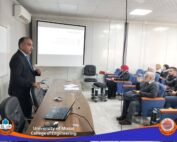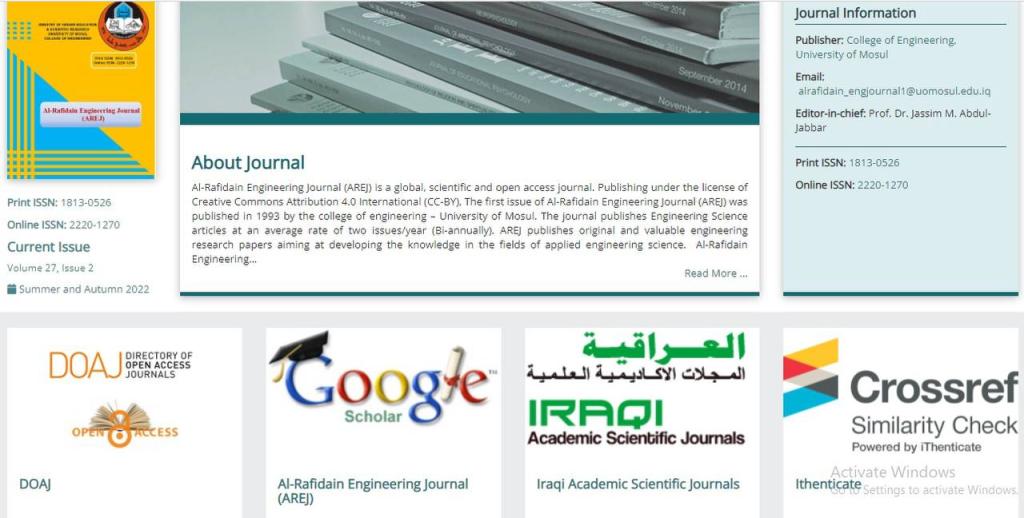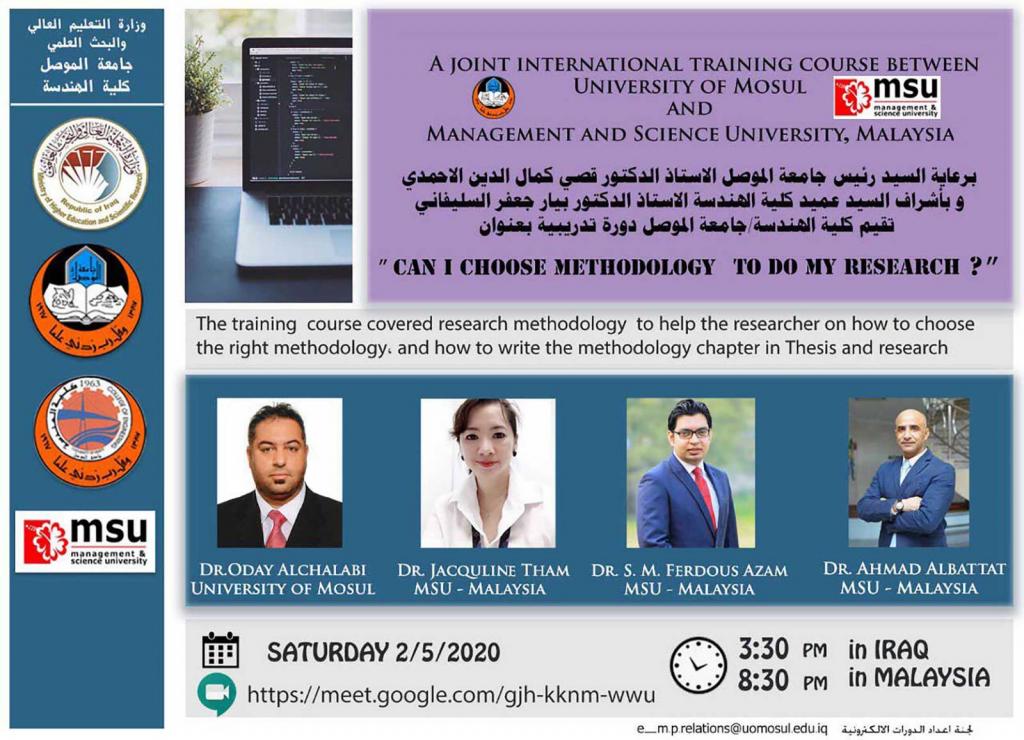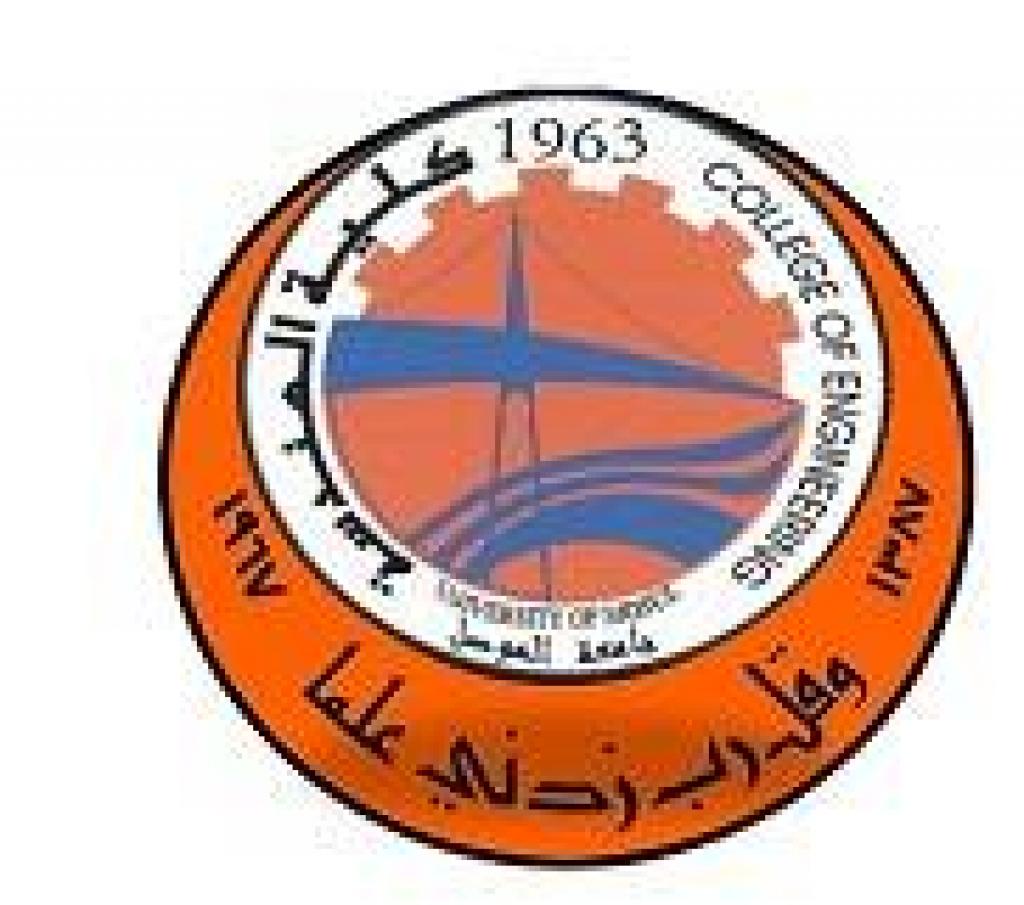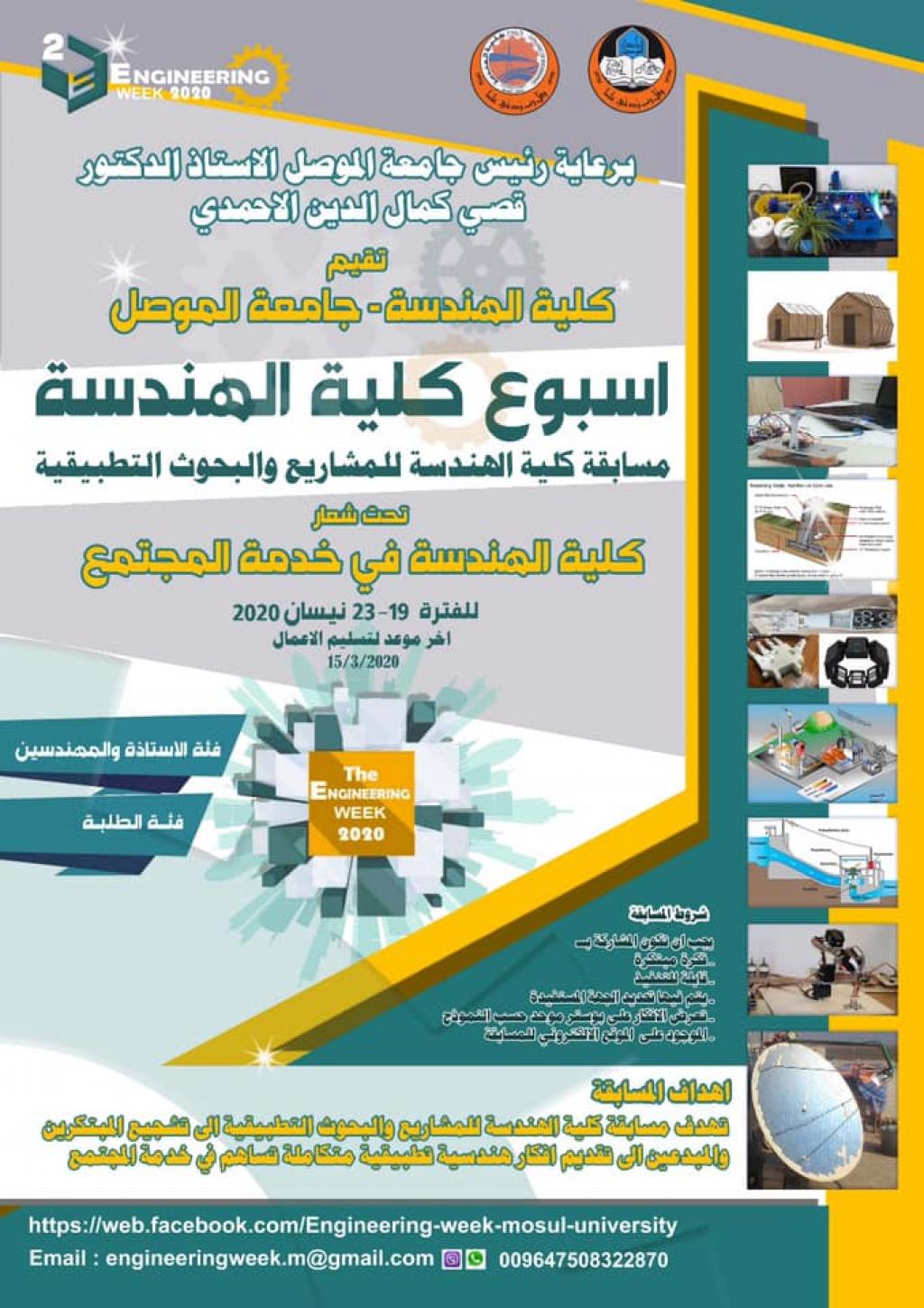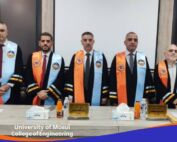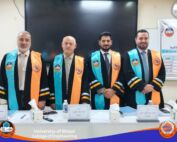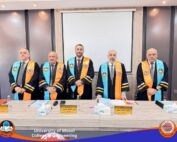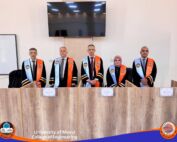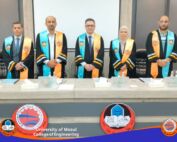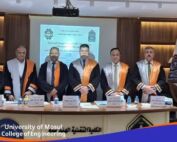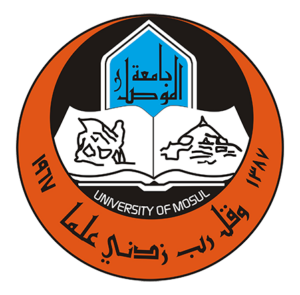16 November، 2022
Master Thesis on “Recognition of masked faces”
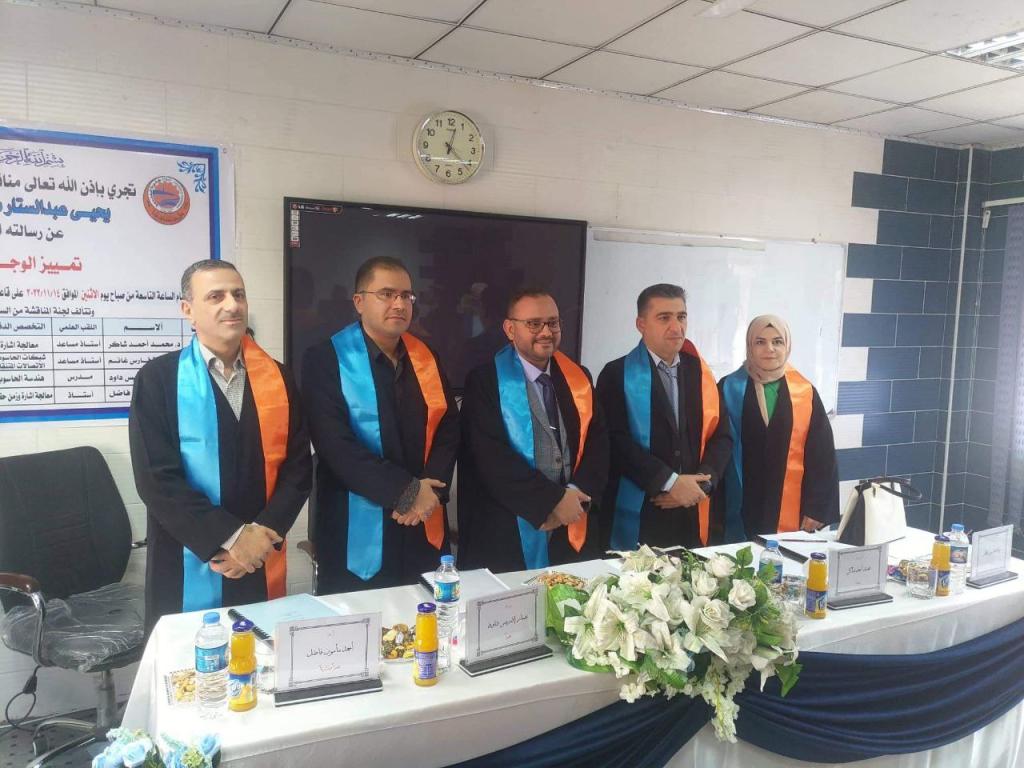
A Master thesis was discussed in Department of Computer Engineering / College of Engineering at University of Mosul entitled “Recognition of masked faces” submitted by (Yahya abdalsttar Mohammed khodur), Supervised By Prof. Dr. Ahmed Mamoon Fadhil On Monday, Nov. 14, 2022.In the past three years, the entire world has been exposed to a new virus, COVID-19. Dealing with the fingerprint system in employee attendance has become very difficult, as the exchange of things and contact with devices by more than one person is a good way to transmit the virus. Accordingly, many institutions and organizations have resorted to using face prints as an alternative to handprints to identify people and record the attendance of employees in general.
Since the virus is a virus that infects the respiratory system, people are forced to wear face masks or so-called masks to avoid transmission of the virusduring coughing by an infected person.Since the wearing of masks and masks greatly affects facial features, it was necessary to come up with a technology that allows the recognition of masked faces, and this is the subject of the study.Since the face loses many of its features while wearing masks, a facial recognition algorithm and training of convolutional neural networks (CNN) were studied through some key facial features, including 3D imaging, and it was concluded that 3D imaging makes the overall loss less in Face recognition 3D loss was used, because 3D selection has less loss compared to 2D images.The large cosine loss was used as a training loss function, which can select all feature samples in the feature space, with smaller distance within the region and larger distance between layers. In order to come up with a model that deals more with areas not covered by the mask, a unit is designed from the start whose function is to combine the Inception-Resnet unit and the Convolutional Mass unit, which in turn increases the weight of any unmasked area of the face which increases the importance Those areas in disguised face recognition For the data set, the (UNBC-McMaster shoulder pain) data set, which is a set of unmasked faces, was used and masks were added to it using (Open CV). in the (python) language
The two algorithms (ICA) and (PCA) were discussed in the classification of faces, and experiments conducted on several sets of masked faces data showed that the two algorithms work. accurately in recognizing masked faces One of the most important conclusions reached by the study is that the (ICA) algorithm has the ability to achieve a high reduction in data compared to the commonly used (PCA) algorithm, as the reduction could be reached with the (PCA) algorithm amounted to (36 feature), while with The (ICA) algorithm has achieved a reduction to (5 feature) with a high percentage of efficiency and accuracy, where the efficiency of the system with the maximum reduction of (PCA) with a value of (99.95%).
